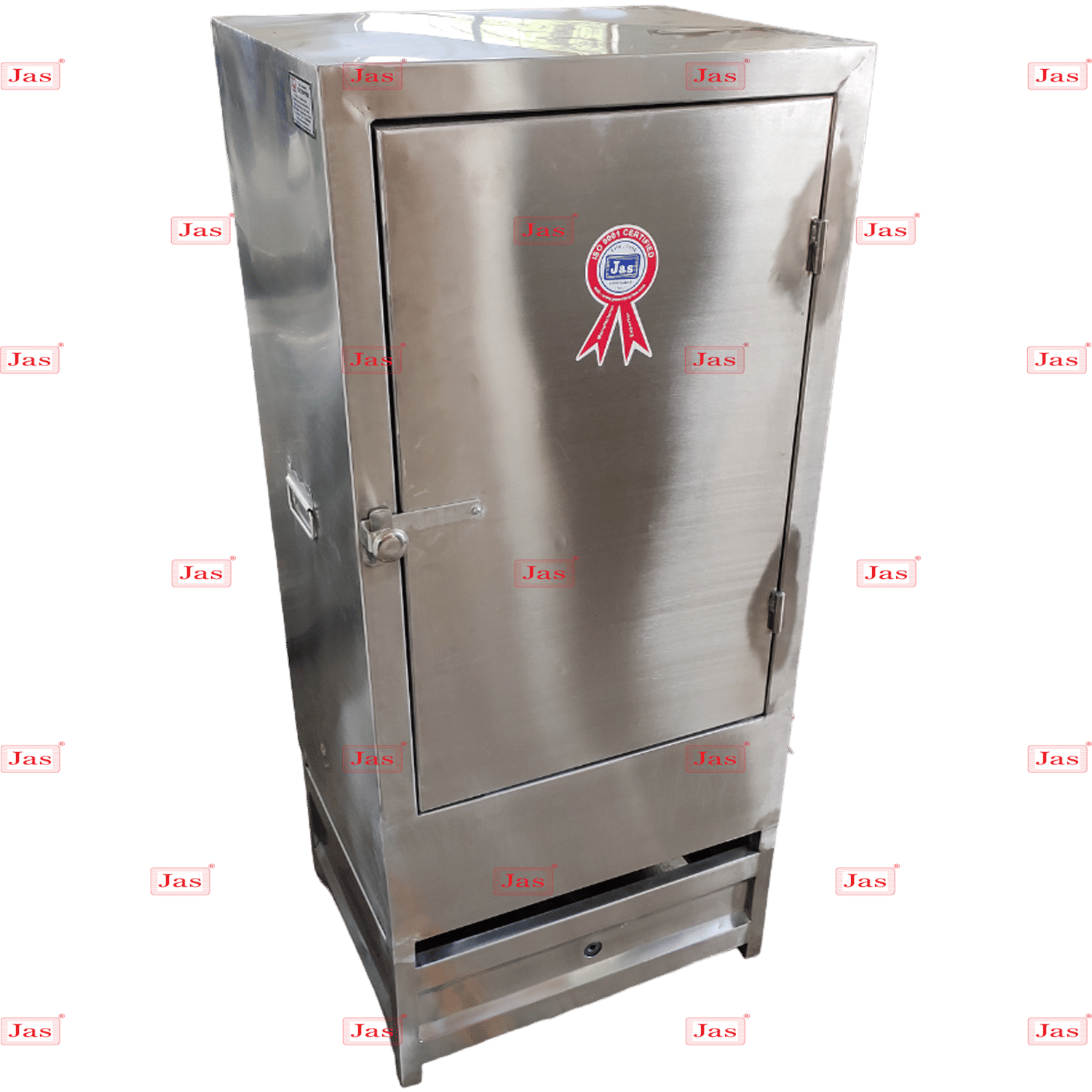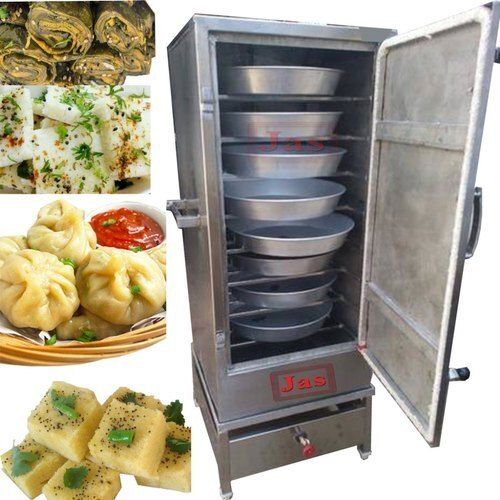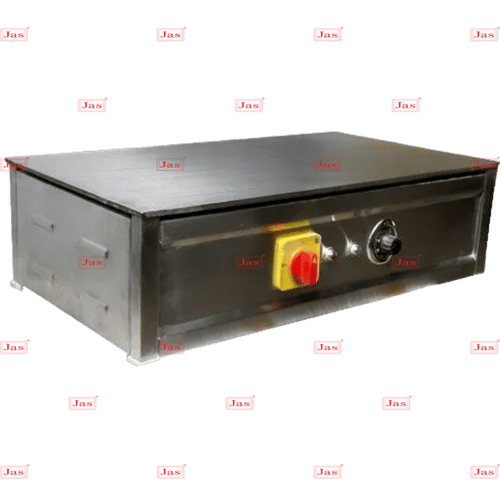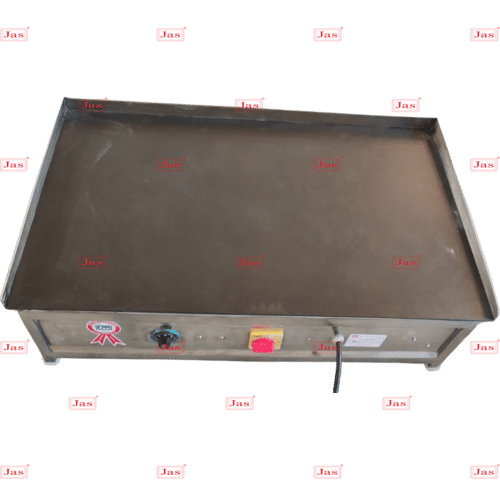Kitchen Equipment Idly Plant
Product Details:
- Automatic Yes
- Voltage 230/440 Volt (v)
- Feature ECO Friendly Low Noice Lower Energy Consumption Compact Structure High Efficiency
- Click to View more
Kitchen Equipment Idly Plant Price And Quantity
- 1 Unit
- 11000 INR/Unit
Kitchen Equipment Idly Plant Product Specifications
- 230/440 Volt (v)
- Yes
- ECO Friendly Low Noice Lower Energy Consumption Compact Structure High Efficiency
Kitchen Equipment Idly Plant Trade Information
- Cash Against Delivery (CAD) Cash Advance (CA) Cash in Advance (CID) Cheque Western Union
- Asia Australia Central America North America South America Eastern Europe Western Europe Middle East Africa
- All India South India Central India West India North India East India Gujarat Karnataka Kerala Lakshadweep Mizoram Meghalaya Manipur Andhra Pradesh Bihar Chandigarh Daman and Diu Goa Jharkhand Odisha Punjab Assam Delhi Dadra and Nagar Haveli Andaman and Nicobar Islands Arunachal Pradesh Chhattisgarh Haryana Himachal Pradesh Jammu and Kashmir Madhya Pradesh Maharashtra Nagaland Rajasthan Sikkim Tamil Nadu Telangana Tripura Pondicherry Uttar Pradesh Uttarakhand West Bengal
- ISO
Product Description
-
Soaking and Grinding: Rice and urad dal are soaked separately, then ground into a smooth batter. Some plants use industrial grinders for this step to ensure consistency and efficiency.
-
Fermentation: The batter is left to ferment, which is crucial for the idlis to rise and develop their characteristic texture. In a commercial plant, this might involve controlled temperature fermentation tanks.
-
Steaming: The fermented batter is poured into idly molds and steamed. Large-scale idly plants use industrial steaming equipment to handle high volumes of batter.
-
Cooling and Packaging: Once steamed, the idlis are cooled and then packaged for distribution. Some plants also produce idli batter for customers to cook at home.
These plants streamline the production process to meet the high demand for idlis, especially in areas where this dish is a staple food. If you™re looking to start or understand more about an idly plant, focusing on efficiency in grinding, fermentation control, and steaming will be key.

Price:
- 50
- 100
- 200
- 250
- 500
- 1000+










